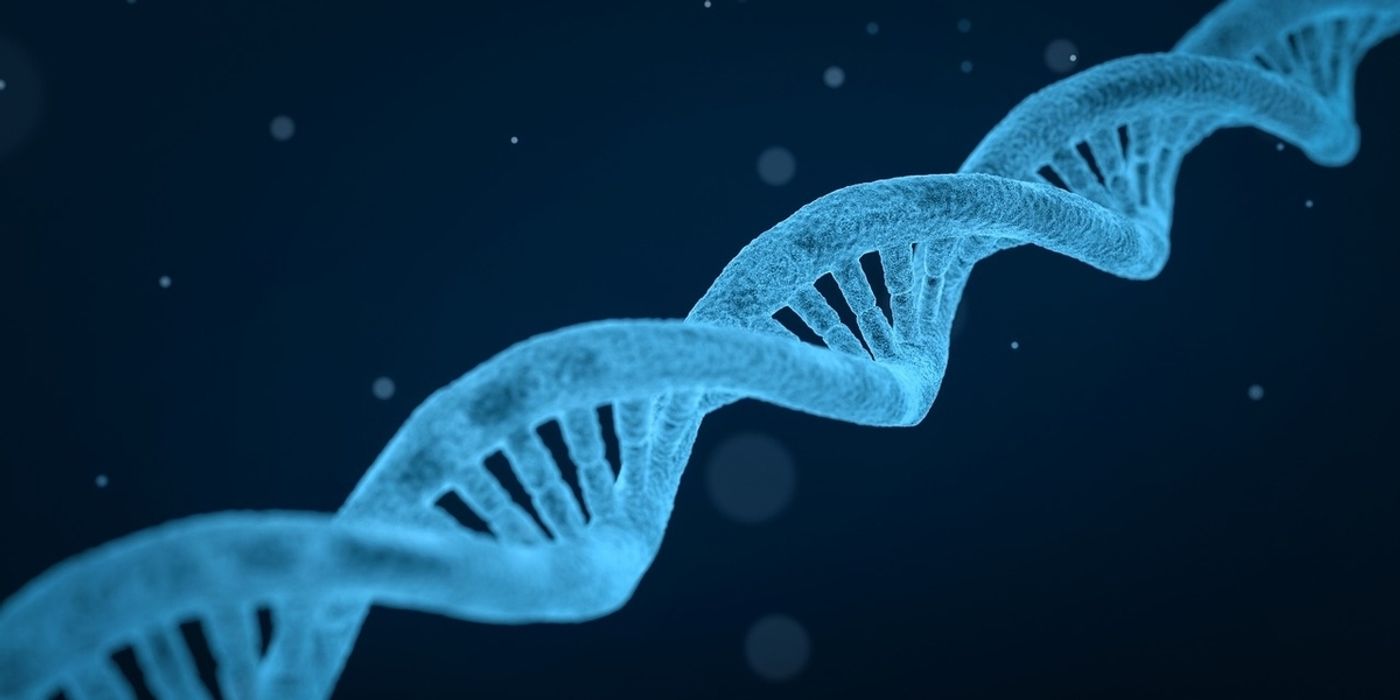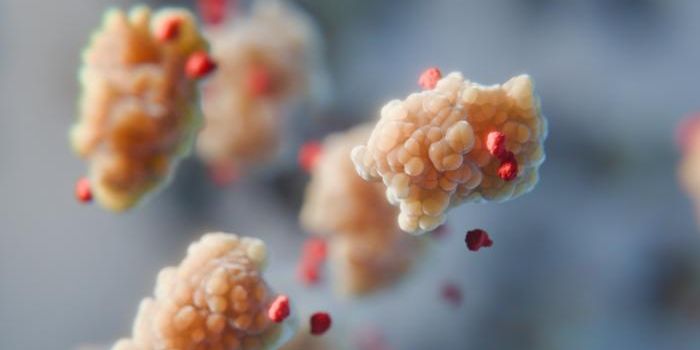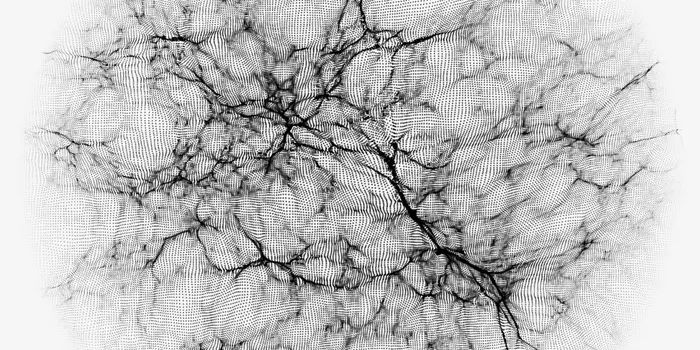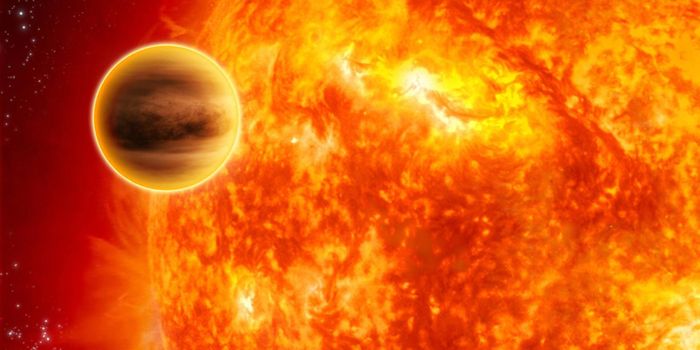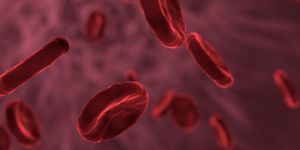Cosmic Rays Might Have Played a Role in Shaping Our Genetic Materials
DNA, whose signature double helix structure scored Watson and Crick (and Frankland presumably according to many) a Nobel prize, lies the center of the genetic coding system of life on Earth. Its handedness, or chirality in chemistry term, is the result of eons-worth evolutionary processes, which according to a recent study, could have involved a "heavenly" factor - the cosmic rays that is.
Noemie Globus and Roger Blandford, astrophysicists from New York University and Stanford University, reported their simulation-backed hypothesis on why we end up having mostly right-handed DNAs.
Louis Pasteur, the 19th-century pioneer of bacteriology, was among the first to notice the innate connections between organic life forms and the universe, thanks to his meticulous exploration of the structural asymmetry in organic compounds.
The right-handed helix (also known as the "B-form") is the most common structure of DNA. Z-form DNA, on the other hand, represents an alternative conformation to its popular sibling. The left-handed double-helical structure winds to the left in a zigzag pattern.
Nucleotide and their polymers aren't the only biomolecules that are chiral. Amino acids, the building blocks for peptides and proteins, also have one or more chiral centers. Like DNA, their polymeric structure is also chiral due to the chirality of the individual monomers.
The astrophysics duo hypothesized that the bombardment of polarized cosmic rays on the surface of Earth over the course of billions of years propagates a subtle yet highly accumulative trend, which leads to chiral bias in the biological molecules.
How Space Might Have Shaped Our DNA (SciShow)
Take muon for example, the elementary particle makes up a large portion of cosmic radiation. Like a "chunkier" cousin to electron, a muon has "-1" electric charge and a spin of 1/2, but over two hundred times more massive. The decay of muons produces at least an electron or a positron, with angular momentum. These charged particles pass on their kinetic energy to molecules they encounter at a biased angle of attack.
The two researchers theorized that the DNA ancestors must have existed in both left- and right-handed conformations with equivalent odds. But the polarized particles can ionize and break apart the right-handed helix slightly more frequently. The breakage of the double-strand structure leads to mutation, and mutation creates more variants. Based on their modeling, having higher odds of mutation help organisms with right-handed DNAs evolve and adapt better to the ever-changing environment of our planet. Over billions of years worth evolution, the B-form DNA becomes the dominant chirality as compared alternative formats.
To better prove that this cosmic rays-induced bias can lead to the emergence of a dominant chirality in DNA (as well other biomolecules), the two scientists also proposed experimental methodologies that can be used in future studies to assess the efficacy of this process.
This latest research is published in the Astrophysical Journal Letters.
Source: Quanta Magazine
